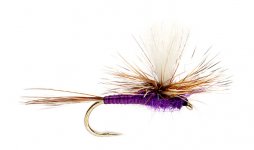M
melvinthefisherman
Member
- Joined
- Aug 24, 2013
- Messages
- 49
I am a PSU student and today after class I went over to a rather famous limestone stream. While I was there midges were just pouring off the water in hundreds at a time. In every direction you can see trout rising on the midges. Despite drifting magic midges size 20 on multiple fish I only had one fish rise twice and missed him both times. most of the trout seemed to completely ignore my fly, neither moving to it or away from it. What am I doing wrong???
On most of my drifts I was able to eliminate drag. Is my leader too short? I was using 8ft of 5x.
Or are the fish just not catchable. I was able to catch them the week before spring break
On most of my drifts I was able to eliminate drag. Is my leader too short? I was using 8ft of 5x.
Or are the fish just not catchable. I was able to catch them the week before spring break





